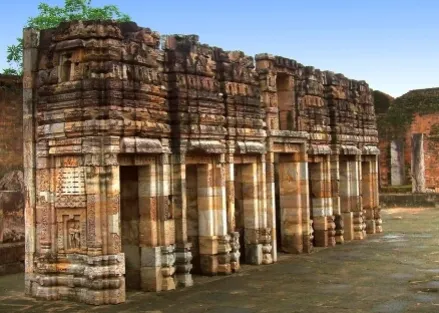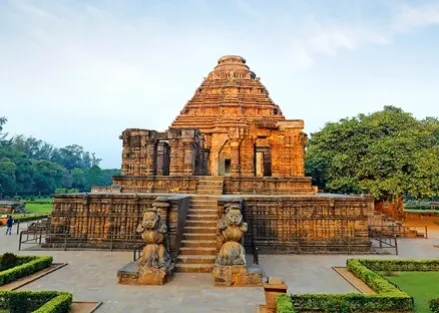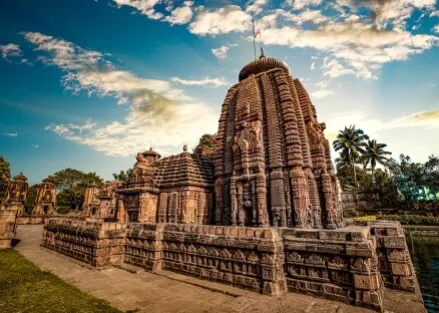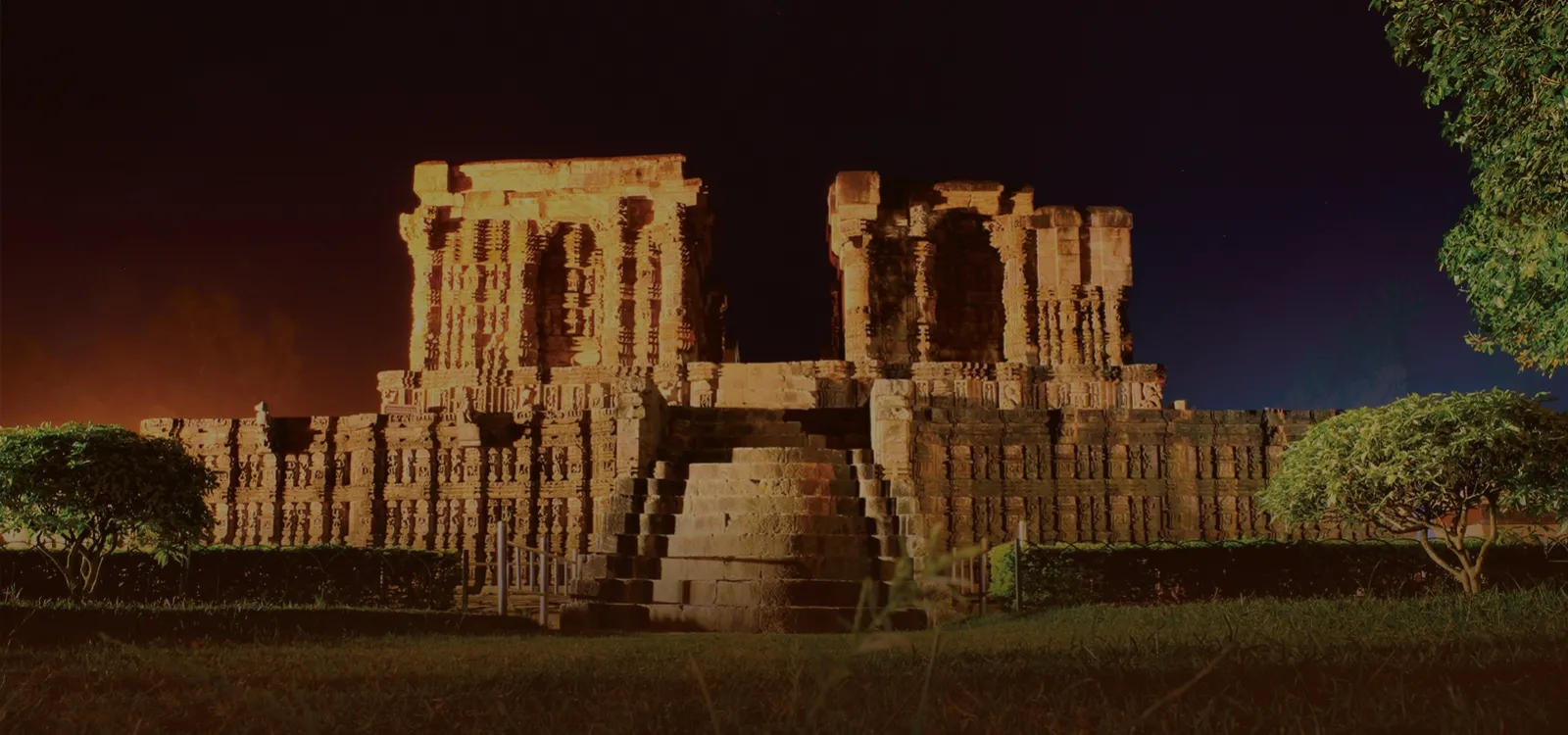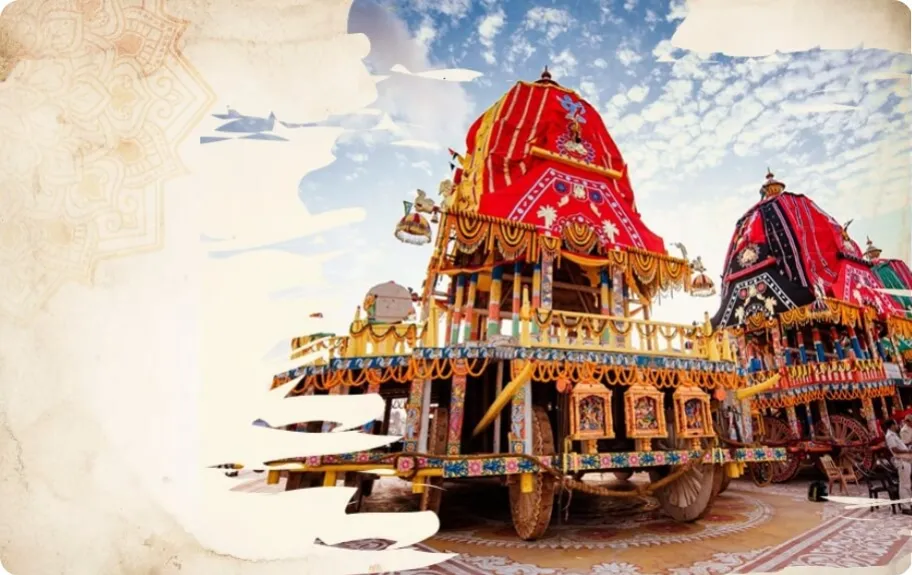BHUBANESWAR

18th Pravasi Bharatiya Divas
Pravasi Bharatiya Divas is celebrated once in every two years to strengthen the engagement of the overseas Indian community with the Government of India and reconnect them with their cultural roots. The 18th PBD Convention is being held from 8th-10th January, 2025 in Bhubaneswar, Odisha. The theme of the 18th PBD Convention 2025 is "Diaspora's Contribution to a Viksit Bharat".

Smt. Droupadi Murmu
Hon'ble President of India

Shri Narendra Modi
Hon'ble Prime Minister of India

Shri Mohan Charan Majhi
Hon'ble Chief Minister of Odisha

Dr. S. Jaishankar
Hon'ble Minister of External Affairs

Shri Kirti Vardhan Singh
Hon'ble Minister of State for External Affairs

Shri Pabitra Margherita
Hon'ble Minister of State for External Affairs



